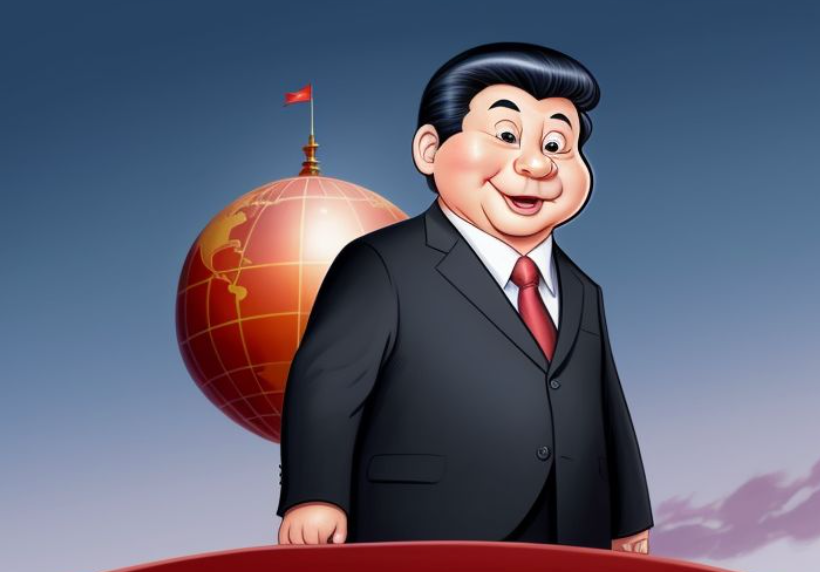$FXI $CNY $USDCNY
#China #Yuan #Forex #CurrencyMarket #PBOC #DonaldTrump #MonetaryPolicy #USChinaRelations #CentralBank #GlobalMarkets #USD #EconomicPolicy
China’s central bank (PBOC) recently made a notable decision to keep its medium-term lending facility (MLF) interest rate unchanged. This move comes at a time when the yuan faces mounting devaluation pressures, particularly following heightened geopolitical and economic uncertainty after Donald Trump’s victory in the U.S. presidential election. The MLF rate, which serves as a benchmark for corporate and household borrowing costs, remains at 2.85%. The decision signals the central bank’s intent to support financial stability without fueling capital outflows or exacerbating the yuan’s volatility. By maintaining the rate, the PBOC may also be trying to balance internal economic pressures with external risks, especially as fears of a potentially stronger U.S. dollar gain traction in global markets.
The yuan has been facing significant depreciation pressures in the wake of the U.S. election outcome, with the market speculating that the Trump administration’s policies could lead to a strengthened U.S. dollar globally. This has put the PBOC in a delicate position. A weaker yuan, while potentially offering short-term advantages by boosting Chinese exports, could spur capital outflows that destabilize the domestic economy. This conundrum has already affected Chinese equity markets, with ETFs such as $FXI (tracking large-cap Chinese stocks) reflecting uncertainty. Meanwhile, the $USDCNY pair has witnessed heightened volatility as traders price in the likelihood of more aggressive U.S. fiscal policy under Trump.
Another factor influencing the PBOC’s decision is the ongoing trade relationship between China and the United States, which is tethered to macroeconomic conditions. A weaker yuan might further strain U.S.-China relations, especially in light of Trump’s “America First” rhetoric and potential trade restrictions. The PBOC’s hesitation to make aggressive monetary policy adjustments highlights the delicate balancing act required to manage the dual challenge of maintaining domestic economic stability and navigating geopolitical pressures. On the other hand, keeping the lending rate steady also suggests the central bank is holding its firepower for a rainy day, should the economic environment worsen further.
Global markets are keenly monitoring these developments, particularly as U.S. bond yields climb in anticipation of potential fiscal stimulus and interest rate hikes by the Federal Reserve. Emerging-market currencies, including those in Asia, often come under renewed pressure when the dollar strengthens. This makes China’s central bank’s ability to manage the yuan even more critical. With the political backdrop of Trump’s presidency poised to create ripple effects across trade, investment, and monetary policies, traders and economists alike are bracing for an extended period of market volatility. For now, the PBOC’s unchanged interest rate aligns with its cautious strategy to steady the yuan without attracting undue market attention or triggering extreme reactions from global investors.











Comments are closed.